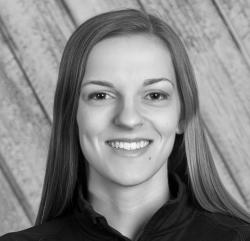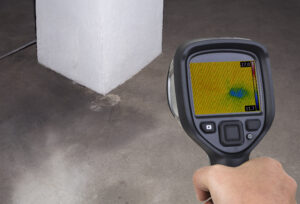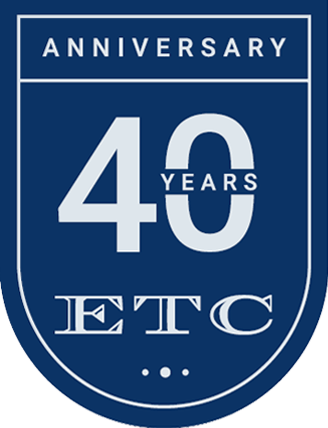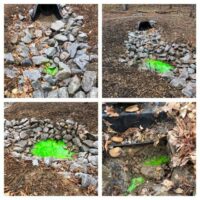Concrete Evaluation by Thermal Imaging

 Have you ever seen someone tapping a concrete wall with a hammer? Or dragging a chain along a concrete floor? These are a couple of the conventional methods for evaluating concrete- that is, identifying and locating unsound or “loose” concrete. These methods are known to be noisy and typically require close-up, physical access to the concrete surfaces. You might wonder is this the only efficient way to evaluate concrete?
Have you ever seen someone tapping a concrete wall with a hammer? Or dragging a chain along a concrete floor? These are a couple of the conventional methods for evaluating concrete- that is, identifying and locating unsound or “loose” concrete. These methods are known to be noisy and typically require close-up, physical access to the concrete surfaces. You might wonder is this the only efficient way to evaluate concrete?
While there are numerous contemporary alternatives for surveying and evaluating concrete, many of these methods have limitations in cost, accuracy, or both. One method that has proven its accuracy and is already a well-developed technology is thermal imaging. Infrared cameras have been used to depict thermal images since the 1960s. Over the history and development of these cameras, they have been effectively applied in many industries including medical (detection of fevers), military and law enforcement (surveillance), firefighting, and many others. Recently, the technology of thermal imaging has found success in yet another application: evaluation of concrete structures.
Infrared cameras detect thermal radiation, or heat, and translate the radiation into a thermal image that the human eye can see. We can then understand temperature differences by the colors depicted in the image. Unsound concrete typically traps air beneath its surface. Since air heats up and cools down much faster than many solid materials, including concrete, a temperature difference between sound and unsound (delaminated) concrete is created and can be detected by an infrared camera. The thermal image produced by the camera will show a hot spot in the morning as the ambient temperature is rising, and it will show a cool spot in the afternoon as the temperature begins to drop.
Although thermal imaging applied to concrete structural evaluations has its own limitations (e.g. training required for the thermographer, availability of equipment, ambient temperature differences), it can serve as an accurate alternative to the conventional hand-sounding methods. For more information on this topic from a certified infrared thermographer, feel free to email spenn@etc-web.com.


